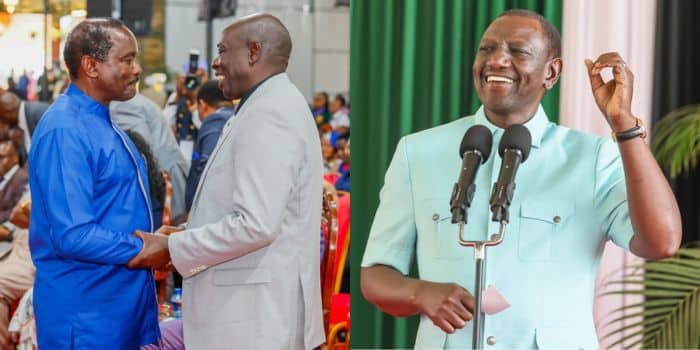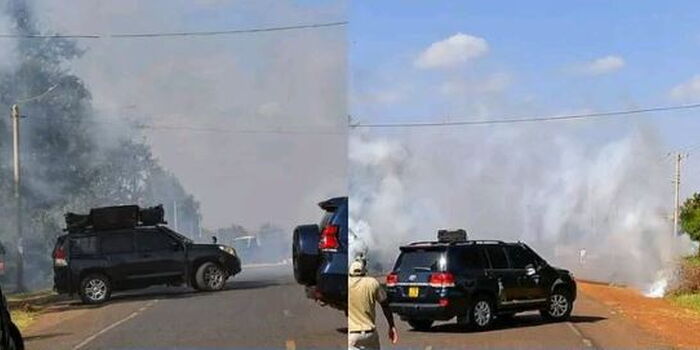
It is the same roads. The same smoke. The same rage. Different year.
Kenya has once again become a theatre of defiance—2025’s streets echoing the same chants and crackling tension that gripped the nation in 2024. But the lingering question among citizens and critics alike remains chilling: Is this the same government, or just the same betrayal in a new mask?
In July 2024, thousands of Gen Z protesters flooded the streets, shaking the foundations of power with digital coordination and unmatched defiance. Fast forward to June 2025—and it’s as though the pages of last year’s calendar were simply reprinted.
Same Promises, Same Teargas
In 2024, young Kenyans rose against the Finance Bill. The streets of Nairobi, Kisumu, and Eldoret turned into clouds of teargas and the sound of boots chasing ideals. Lives were lost. Families broken. But promises were made.
“They told us we’d be heard,” said a university student in Nairobi during the current protests, his eyes red not just from the smoke, but from disbelief. “Now, it feels like we died for nothing.”
The 2025 protests have returned with familiar fury—still about taxes, governance, and accountability. Only this time, the government is striking back faster and harder, with more surveillance, swifter arrests, and eerily rehearsed denials on national TV.
“New” Faces, Old Habits
The Cabinet reshuffles. New appointees. A few resignations. But citizens are starting to suspect that the “system” is not about faces. It’s about a machine that recalibrates itself to survive any scandal, any uproar.

In 2024, the government said the Finance Bill was misunderstood. In 2025, they say the new taxes are “pro-people” and “necessary for economic stability.” Meanwhile, boda boda riders are being taxed to their bones, students can’t afford meals, and small businesses are collapsing under levies they didn’t vote for.
The Mask of Listening
Following the 2024 protests, the government launched “public dialogues.” Town halls were streamed live. Leaders promised “youth inclusion.” But a year later, protestors say not a single clause of substance was changed.
“There was no listening,” says a political analyst who requested anonymity. “There was containment. The difference between 2024 and 2025 is that the regime now knows how to manage optics better. But they’re still deaf.”
Digital Resistance 2.0
In 2024, social media was the protest ground zero. In 2025, it’s under watch. Anonymous accounts now coordinate flash protests and drop real-time police locations—but disappear within minutes to avoid tracking.
“WhatsApp groups are being infiltrated,” says one organizer. “Telegram channels are being cloned. They’ve learned our tactics—but we’ve also evolved. It’s chess now.”
Unanswered Blood
In 2024, 31 protesters were confirmed dead—most under suspicious circumstances. Their names trended. Their faces became symbols. But no officer was convicted. No justice delivered. In 2025, bodies are falling again.
One 19-year-old protester died in Rongai last Thursday. The police say he “tripped.” Witnesses say he was shot at close range. His family has gone silent, reportedly under “advice” not to speak.
Same Government?
“Call it what you want,” says a former MP. “But the behavior is the same. The arrogance. The disconnect. We didn’t vote for this silence. We voted for solutions.”
Despite the symbolism of youth at the helm in some positions and a few cosmetic changes, many Kenyans feel nothing has shifted beneath the surface. The 2025 protestors chant the same slogans, face the same armored trucks, and retreat to the same safe houses.
Only now, their hope is dimmer.
The Ghost of 2024
Kenya’s political class may want to forget 2024. But the streets haven’t. In every banner and chant this year, you hear the echo of last year’s betrayal.
And in every broken promise, you hear the warning:
If nothing changes, everything repeats.









